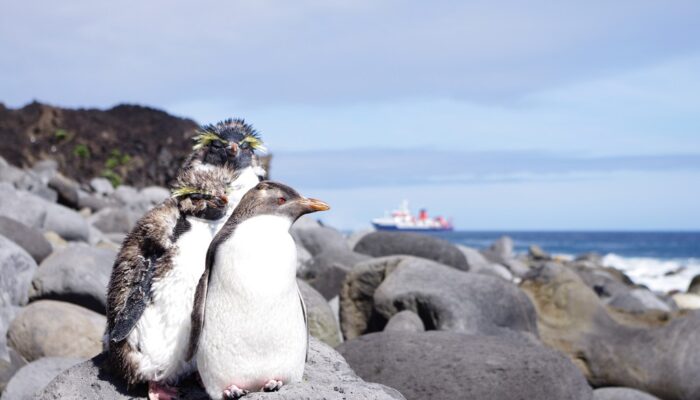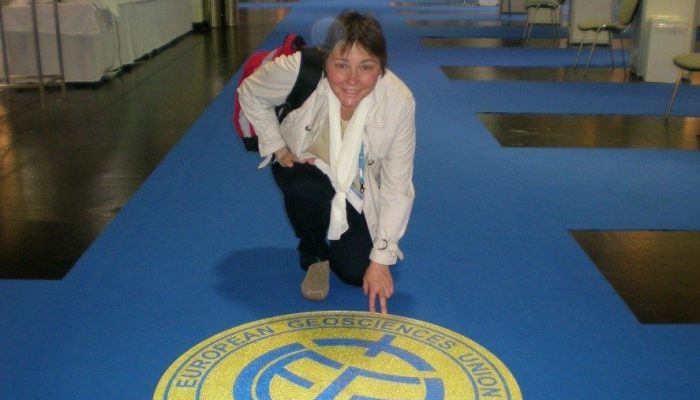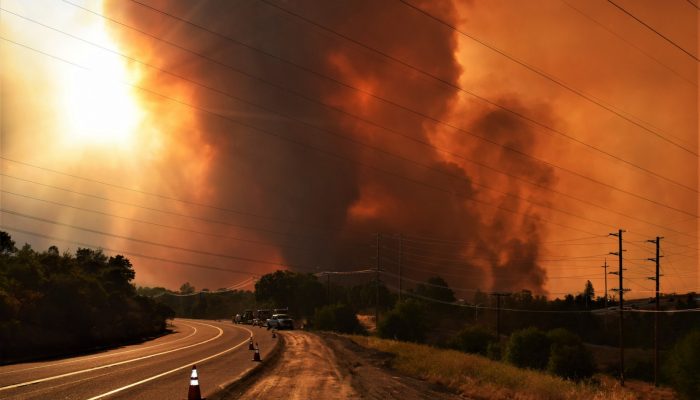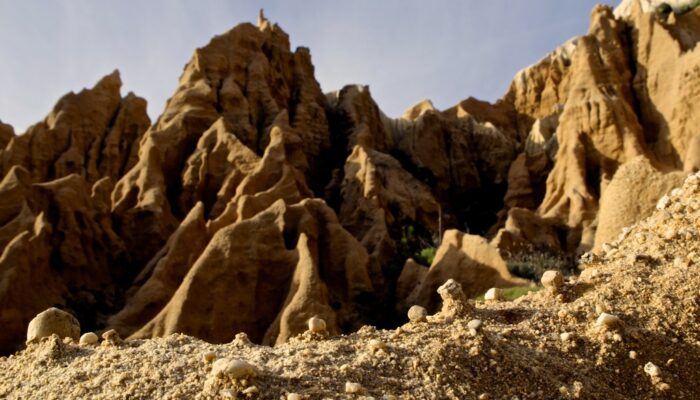Tristan da Cunha is a remote volcanic island in the south Atlantic Ocean. In fact, it is the most remote inhabited archipelago in the world. Tristan is still volcanically active; the last time it erupted was in 1961. After the eruption, which luckily did not have any casualties, the whole population of around 260 people evacuated the island for some time, but they all returned back to the island b ...[Read More]
Solar-Terrestrial Sciences
EGU for Early Career Scientists
This months post is written by the ST Divisions Early Career Scientist representative, Theresa Rexer. Are you ready for the EGU general assembly 2019? Got your abstract ready and submitted? No, what? Too early you say? No funds? As your Early Career Scientist Representative, let me tell you why now is the perfect time to start planning your trip to Vienna in April next year. Especially if you are ...[Read More]
GeoLog
GeoTalk: Sharing geoscience with kids and educators
GeoTalk interviews usually feature the work of early career researchers, but this month we deviate from the standard format to speak to Marina Drndarski, a biology teacher at the primary school Drinka Pavlović in Belgrade, Serbia. Marina has been involved with EGU’s geoscience education activities for more than five years; she is an active contributor to Planet Press articles, bitesize press relea ...[Read More]
Cryospheric Sciences
Image of the Week – Karthaus Summer School 2018
Nearly every year since the late 90s, during the summer, the picturesque Karthaus has hosted 10-day glaciology course. This school is a platform for glaciologists to explore, learn and expand their knowledge base. This helps researchers become multi-faceted: to view glaciology from the perspective of those specializing in other backgrounds such as hydrology, geomorphology, oceanography, etc. which ...[Read More]
WaterUnderground
The true meaning of life … for a hydrogeologist
I am currently on sabbatical with Thorsten Wagener’s group at the University of Bristol. While on campus, I stumbled upon this quote from Nelson Henderson (a farmer from Manitoba). It encapsulates what I have been thinking about groundwater sustainability for a number of years: “The true meaning of life is to plant trees, under whose shade you do not expect to sit”. For me, as a ...[Read More]
Geodynamics
Thoughts on geological modelling: an analogue perspective
In geodynamics we study the dynamics of the Earth (and other planets). We ground our studies in as much data as possible, however we are constrained by the fact that pretty much all direct information we can collect from the interior of the Earth only shows its present-day state. The surface rock record gives us a glimpse into the past dynamics and evolution of our planet, but this record gets spa ...[Read More]
GeoLog
A first-timer’s guide to the 2019 General Assembly
Will this be your first time at an EGU General Assembly? With more than 15,000 participants in a massive venue, the conference can be a confusing and, at times, overwhelming place. To help you find your way, we have compiled an introductory handbook filled with history, presentation pointers, travel tips and a few facts about Vienna and its surroundings. Download your copy of the EGU General Assem ...[Read More]
GeoLog
Geology is boring, right? What?! NO! Why scientists should communicate geoscience
From the highest reaches of the atmosphere to the deepest caverns below, the geosciences is a fascinating field dedicated to understanding just how the Earth (and other worlds) tick. But to many people, the Earth, planetary and space sciences are far from interesting or important. So how can geoscientists share their enthusiasm with the public? Catherine Pennington, an engineering geologist and sc ...[Read More]
GeoLog
A better framework for disasters
The end of the Northern hemisphere summer tends to be a good time to regroup from natural hazards, as the frequency and intensity of storms, as well as the incidence of wildfires, tends to trail off. At the time of writing, however, Hurricane Willa had just crashed into Mexico, while Typhoon Yutu has just hit the Northern Mariana Islands so hard that any equipment designed to record wind-speed had ...[Read More]
GeoLog
Imaggeo on Mondays: Small scale processes, large scale landforms
This picture was taken in a sea cliff gully landscape at the Portuguese coast. It shows the microrelief which small scale wash and erosional processes produce in these poorly consolidated sediments. These small scale landforms could be interpreted as initial stages of larger scale gully landforms, which can be seen in the back. This highlights the importance of regarding scales and scale linkages ...[Read More]









